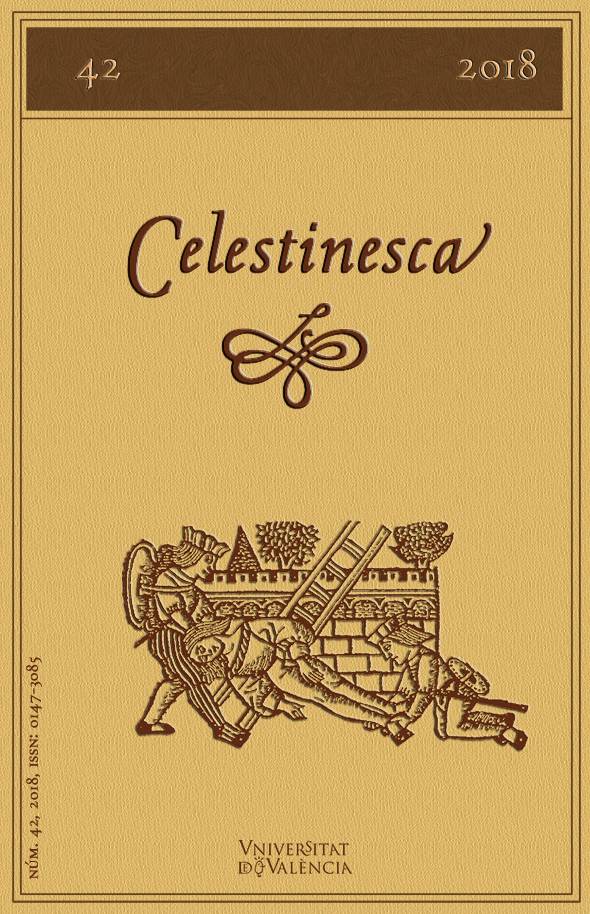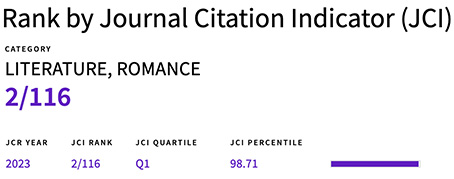The end of desire and the beginning of the bond with God: Contacts between La Celestina and fifteenth-century mystical literature from the perspective of psychoanalysis
DOI:
https://doi.org/10.7203/Celestinesca.42.20222Keywords:
Desire, Mysticism, Immanence, Feminine Abstract
Abstract
This article connects Fernando de Rojas' work with the Spanish mystic literature of the sixteenth century and recognizes in them a shared worldview concerning desire. In both visions, female actors take the center stage in the administration of desire and the immanence fragments the transcendent medieval scholastic order. Also, desire is negotiated in the private space and has a concrete effect on the participants' body. Finally, the administration of desire is carried to the ultimate consequences: silence, nothingness, and death. But while in Celestina, these elements have a negative charge, the mystics perceive them as something positive, the path to divinity.
 Downloads
Downloads
Downloads
Published
How to Cite
-
Abstract404
-
PDF (Español)234
Issue
Section
License
![]() Celestinesca is committed to the dissemination of knowledge, that is why access to its contents is free and is ruled by a Creative Commons Attribution-NonCommercial-NoDerivatives 4.0 license.
Celestinesca is committed to the dissemination of knowledge, that is why access to its contents is free and is ruled by a Creative Commons Attribution-NonCommercial-NoDerivatives 4.0 license.
Authors retain the rights to their works. Therefore, they can disseminate them and deposit them in the repository, institutional or not, that they wish. However, they are kindly requested to do so by providing the full bibliographic reference and the corresponding DOI.
Celestinesca does not charge authors for submitting, processing, reviewing or publishing their articles.





